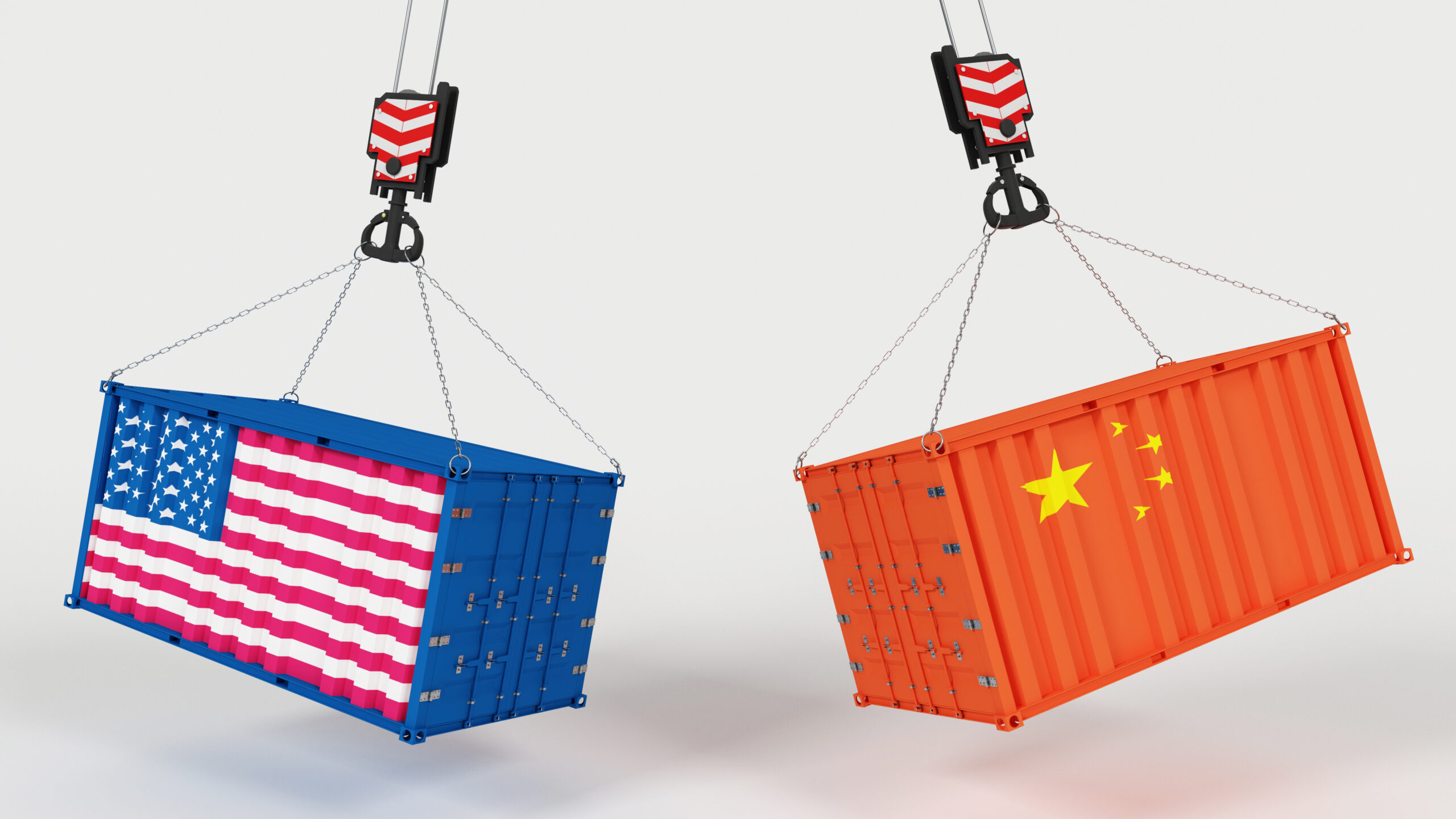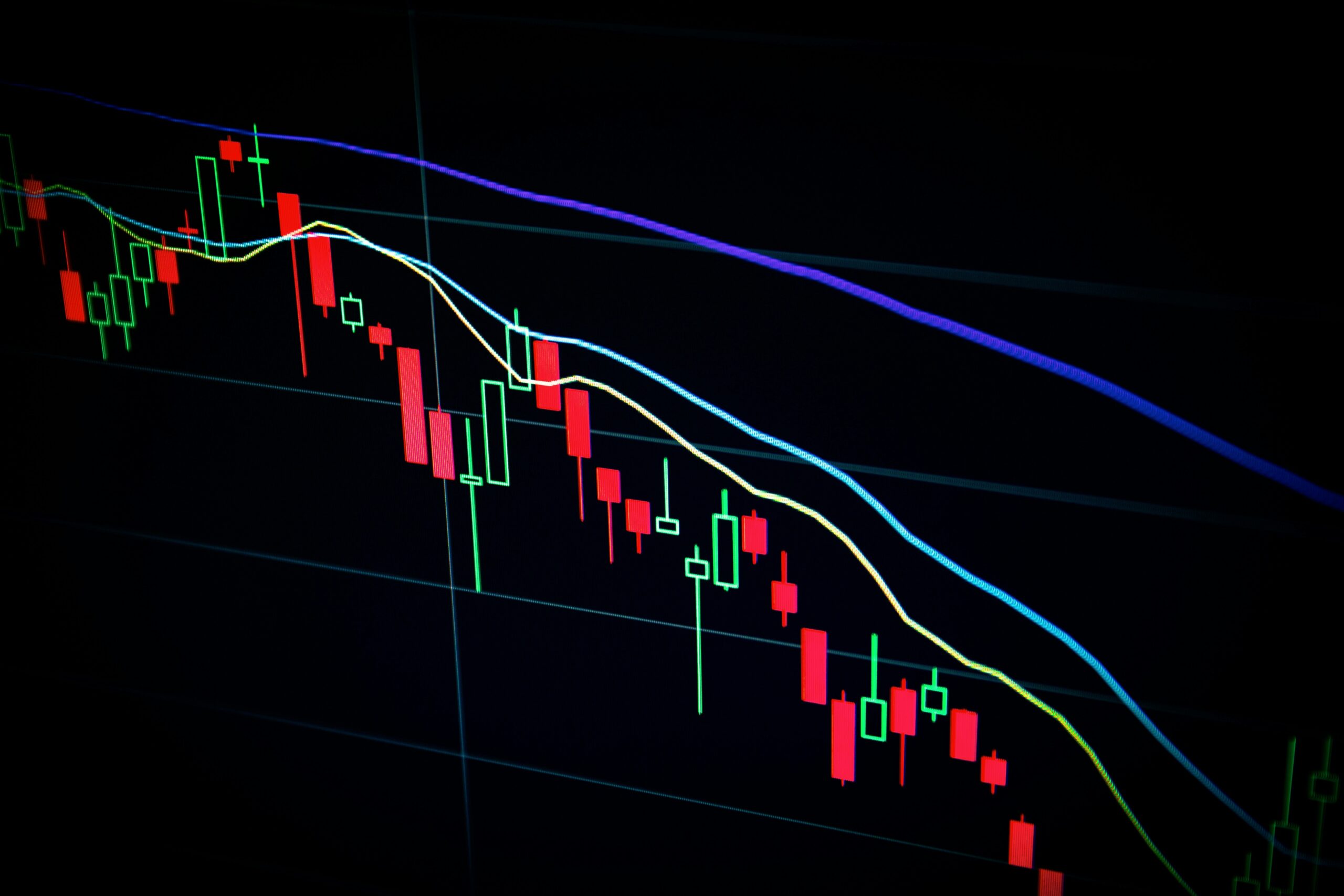How BYD Plans to Make EV Charging as Fast as Filling a Gas Tank
The shift towards electric vehicles (EVs) is accelerating globally, but one persistent hurdle remains—charging time. While electric cars are gaining popularity, the time it takes to recharge is still significantly slower than refueling a traditional gasoline vehicle. BYD, a Chinese automaker, aims to revolutionize this by introducing the Han L sedan, which claims to recharge up to 248 miles of range in just five minutes. But how feasible is this claim, and what’s the technology behind this innovation? Let’s break it down.
The Key Technology Behind BYD’s Fast Charging
For BYD to achieve such rapid charging speeds, they’ve leveraged some cutting-edge technologies in both their battery chemistry and electrical architecture. Understanding these elements will provide a deeper insight into why this is a breakthrough in the EV sector.
Battery Technology: Lithium Iron Phosphate (LFP)
The backbone of the Han L’s fast-charging capabilities is its 83.2 kWh lithium iron phosphate (LFP) battery. LFP batteries have long been praised for their safety, stability, and performance advantages. They are inherently safer than other chemistries like nickel manganese cobalt (NMC), as they are less likely to overheat and catch fire, making them a reliable choice for high-speed charging.
Why LFP Batteries Are Key for Fast Charging
The chemistry behind LFP batteries also makes them capable of handling fast charge cycles. Unlike traditional lithium-ion batteries, LFP cells are more tolerant of rapid charging without significant degradation. This allows BYD to pack more power into the battery in a shorter time, while keeping it safe and durable. By combining LFP’s fast-charging properties with their Blade 2.0 battery architecture, BYD has created a highly efficient system for the Han L.
Moreover, LFP technology enables the Han L to reach 1,000 volts (operating at 945 volts, according to technical specifications). High voltage systems are essential for transferring more power efficiently, thus reducing charge times. While most EVs today operate between 400 volts to 800 volts, BYD’s high-voltage architecture plays a crucial role in the Han L’s ability to charge faster than conventional EVs.
Electrical System: 945 Volts for Higher Efficiency
BYD’s high-voltage electrical system is a pivotal feature in enabling ultra-fast charging. The system operates at a 945-volt architecture, which allows the car to charge at a much faster rate. High-voltage systems have several key advantages:
- Higher Efficiency: Higher voltage reduces energy loss and heat generation during charging. This makes the charging process much more efficient compared to systems that operate at lower voltages.
- Faster Power Delivery: More voltage means more power can be transferred to the battery more quickly, which is crucial for achieving the rapid charge times promised by BYD.
Several manufacturers like Lucid Motors and Porsche have also adopted high-voltage systems in their EVs, typically using 800-volt systems. BYD’s decision to push the envelope to 945 volts ensures that the Han L stands out in terms of charging speed.
Dual-Gun Charging: Innovative Approach for Ultra-Fast Charging
One of the most innovative features of the Han L is its dual-gun charging system. Unlike traditional EV charging, which uses a single charging port, the Han L comes with two separate charging ports. Each port can connect to a 500 kW charger, and when used together, they can deliver a combined 1 megawatt (1,000 kW) of power to the vehicle.
This dual-gun system allows for faster, more efficient charging, as it reduces the strain on a single charging port and distributes the energy load. However, there are practical challenges to this design, including the need for heavier cables and more advanced cooling systems to handle the immense amount of heat generated at 1,000 kW.
How Does This Work in Practice?
In simple terms, the Han L is able to charge incredibly fast because it leverages a dual system that splits the high power load between two separate charging ports, enabling the car to handle 1,000 kW without overheating or damaging the battery. This feature is crucial for delivering on the promise of adding 248 miles of range in just five minutes, even though this may be an idealized figure under optimal conditions.
What Does This Mean for Real-World Charging?
While the numbers sound exciting, it’s important to translate these claims into real-world terms. According to BYD, the Han L can add 248 miles (approximately 400 kilometers) of range in five minutes. However, these estimates are based on the Chinese CLTC (China Light-Duty Vehicle Test Cycle), which tends to give higher range figures compared to the EPA test cycle used in the United States.
In reality, 160 miles of range from a five-minute charge is a more realistic expectation. Nevertheless, this is still an exceptional advancement over current EVs. To put this into perspective:
- The Han L can charge from 16% to 80% in just 10 minutes.
- A full charge, from 16% to 100%, would take approximately 24 minutes.
For comparison, most fast-charging EVs on the market today require 30 to 60 minutes to reach an 80% charge. The Han L’s charging speed represents a major leap forward in the industry.
Infrastructure Challenges: The Need for Supportive Charging Networks
Despite the technological advancements, infrastructure remains a significant challenge. For 1-megawatt charging to be feasible, charging stations need to be upgraded to handle the massive power requirements. BYD plans to install 4,000 charging stations across China, but these will require substantial grid upgrades to meet the high demands of fast-charging systems.
The complexity of these upgrades includes:
- Power supply adjustments to deliver up to 1,000 kW.
- Advanced cooling systems for the cables, which will need to be much thicker and better cooled compared to the current systems.
- Safety measures to prevent overheating or fires due to the high power levels.
Will BYD’s Fast-Charging Technology Come to the U.S.?
As of now, the Han L isn’t available in the U.S. market, mainly due to the 100% tariff on Chinese-made vehicles. This significantly raises the price of the vehicle, making it less competitive in the U.S. However, BYD’s fast-charging technology could influence the broader EV market, potentially encouraging other manufacturers to adopt similar advancements.
While the Han L might not be sold in the U.S. anytime soon, the technology could have a broader impact, with other companies looking to emulate or improve upon BYD’s innovations in fast-charging and battery technology.
Conclusion: A Glimpse Into the Future of EV Charging
BYD’s Han L sedan is at the forefront of electric vehicle charging technology. By combining LFP battery technology, high-voltage systems, and a dual-gun charging system, BYD is setting new standards for charging speeds in the EV industry.
Although there are challenges with infrastructure and real-world range, the Han L demonstrates the potential for significantly faster charging times in the near future. As more automakers continue to refine their charging technology, we can expect rapid advancements that will bring EVs closer to matching the convenience of gas-powered vehicles.
- If You’re Interested In The Latest Tech Trends And Innovations, Stay Connected With SR TechVerse For All Things Technology.
- Image Credits : SR TechVerse/Qwen





